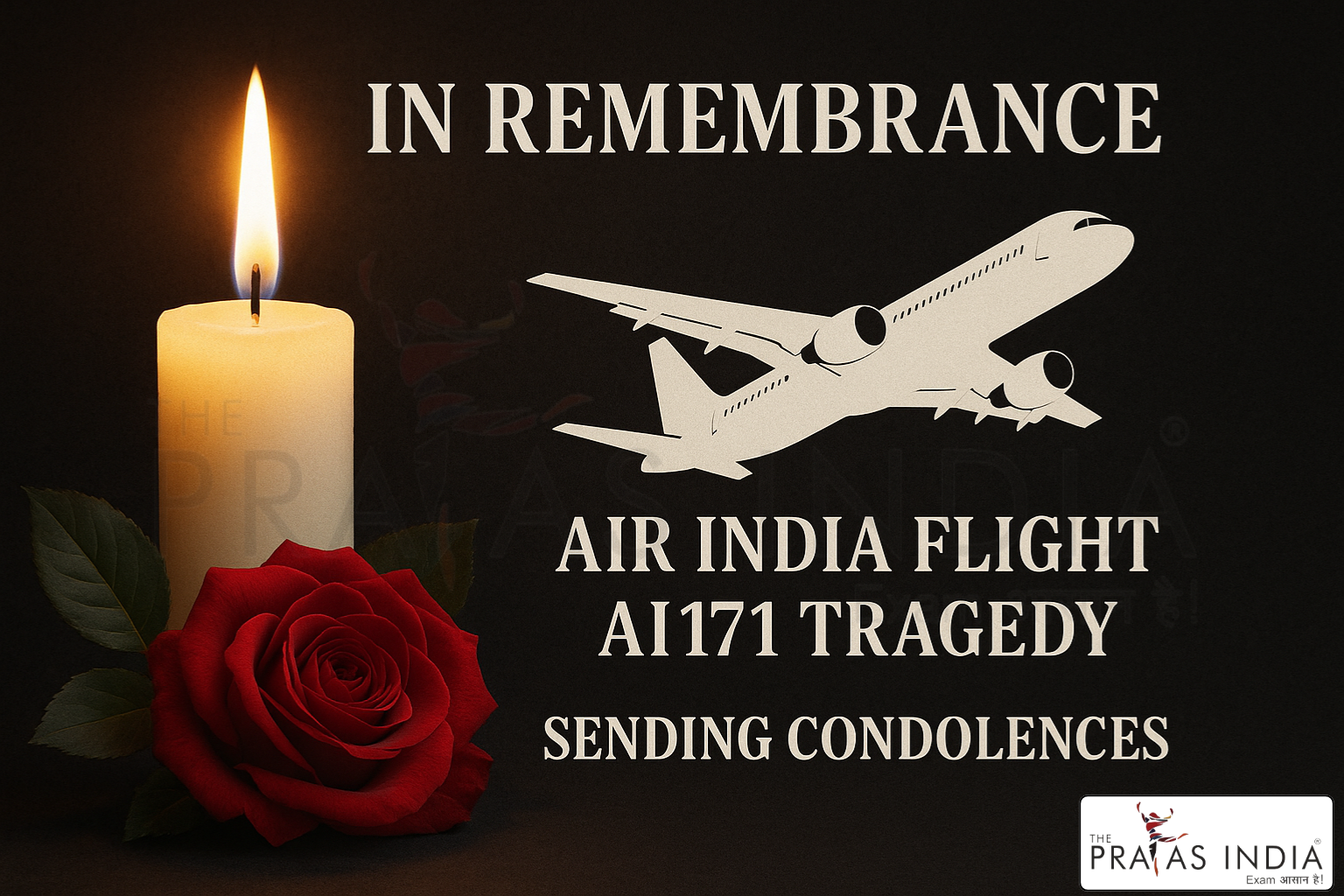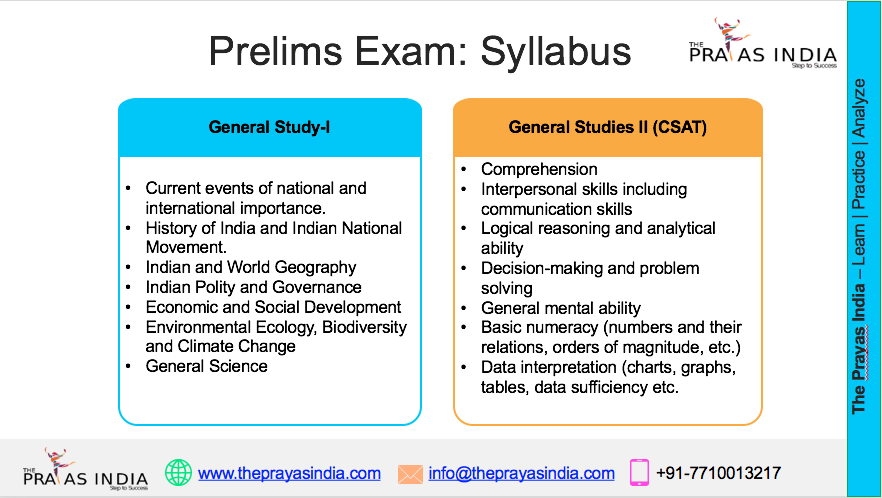Air India Flight AI171 Crash: What Happened?
On June 12, 2025, Air India Flight AI171, a Boeing 787-8 Dreamliner, tragically crashed just minutes after takeoff from Sardar Vallabhbhai Patel International Airport in Ahmedabad. The flight was scheduled to land at London Gatwick Airport but instead went down into a nearby residential area, claiming the lives of hundreds. There were 242 people on board.
The pilot issued a mayday call shortly after takeoff, but the aircraft rapidly lost altitude and crashed while still at only 625 feet above ground level. Rescue operations began immediately, but the scale of devastation was massive. Aviation authorities and safety experts are now investigating the cause of the crash.

Aircraft Involved: Boeing 787-8 Dreamliner
The Boeing 787 Dreamliner is a next-generation aircraft designed for long-haul international travel. First introduced in 2007 and entering service in 2012, the 787 is built using lightweight composite materials, offering 25% better fuel efficiency than earlier models.
Key Specifications of the 787-8:
-
Passenger Capacity: Up to 248
-
Range: 13,530 km
-
Length: 57 meters
-
Wingspan: 60 meters
-
Engines: GEnx-1B or Rolls-Royce Trent 1000
Despite its modern design, the aircraft has faced multiple safety concerns in recent years.
A History of Safety Scrutiny
The Boeing 787 has not been free of controversy. The U.S. Federal Aviation Administration (FAA) has conducted several investigations into the aircraft’s safety, especially regarding:
-
Fuselage assembly defects
-
Quality control in parts manufacturing
-
Reports from whistleblowers
-
Electrical system issues
-
Previous grounding of the fleet in 2013 over lithium-ion battery fires
In May 2024, the FAA announced re-inspections for all Boeing 787 aircraft in production due to ongoing concerns, underscoring systemic issues in manufacturing oversight.
Recent Incidents Involving the Dreamliner
-
March 2024: A Latam Airlines 787 experienced a dangerous in-flight drop due to human error.
-
2013: The global 787 fleet was grounded over fire risks from lithium batteries.
-
2018–2019: Although involving the 737 MAX, Boeing’s credibility suffered due to two fatal crashes linked to software and design flaws.
The crash of AI171 adds to a pattern of serious safety-related incidents that continue to raise alarms in the aviation sector.
Broader Implications for Air Travel and Safety
This tragedy not only represents a deep human loss but also raises critical questions about:
-
Aircraft design and certification standards
-
Manufacturer accountability
-
Maintenance and inspection protocols
-
Passenger safety and trust in aviation
It may trigger regulatory changes, increased scrutiny on Boeing’s quality controls, and renewed demands for transparency from both government agencies and manufacturers.
Relevance for Competitive Exam Preparation
For aspirants preparing for UPSC, SSC, CDS, CAPF, and State PSC exams, understanding such incidents is crucial under current affairs, science & technology, ethics, and essay writing.
Key Exam Angles:
-
GS Paper II & III (UPSC): Disaster response, international aviation regulations, and accountability
-
Essay Topics: Corporate responsibility, public safety, technology vs human error
-
General Awareness: Technical details of aircraft, agencies involved (FAA, DGCA, NTSB), and regulatory actions
-
Ethics Paper: Ethical dimensions of safety, whistleblower protection, and transparency in aviation
Conclusion
The crash of Air India Flight AI171 is a somber event that touches the lives of hundreds and reminds us of the critical importance of safety in public transport. It is a national tragedy that demands both remembrance and reform.
At The Prayas India, we express our deepest condolences to the families and loved ones of all those who lost their lives. May their souls rest in peace, and may the survivors and families find strength in this time of profound grief.
We also emphasize the importance of being informed, aware, and prepared—as citizens and as exam aspirants.


![Prayas-लक्ष्य [UPSC CSE Target] The Prayas India](https://theprayasindia.com/wp-content/uploads/2021/08/Prayas-लक्ष्य-UPSC-CSE-Target-The-Prayas-India-300x167.png)

![Prayas Pre-भेदश [UPSC CSE Prelims Test Series] The Prayas India](https://theprayasindia.com/wp-content/uploads/2021/08/Prayas-Pre-भेदश-UPSC-CSE-Prelims-Test-Series-The-Prayas-India-300x167.png)










